Let’s assume that the vast majority of the 120 artists gathered there have short alleles and that we had been careful to assure that the previous week was quiet and restful, with lots of time to sleep, exercise, eat carefully…yada yada. And was mine? Well, NO actually. This year it had been particularly packed and stressful. I should know better than to do this but there you go.
To make things worse, I wasn’t going alone, but was packing for triplets. On Tuesday, I had realized to my horror that I hadn’t even done the rendering for two of the three portraits I hoped to finish over the weekend. I also needed to transform the drawings on canvas into value underpaintings, which then had to dry. And of course then there would follow three (x 2) transparent primary layers, each of which would also need to dry thoroughly. Yikes!! I could already feel my alleles shrinking. And I had to remember to pack all of the triplets’ essentials -- pigments, mediums, drop sheets, lights, shapers, brushes, brush cleaners, et cetera. Theoretically, I could borrow a missing item, but your kids and their mom are used to their own stuff.
By Friday morning, had the Sainted Judy not driven, I’m not sure I could have but she did and we found ourselves lakeside that afternoon. Phew. We unpacked, organized our gear and got ready for our traditional cocktail hour before supper. Amid the laughter, the junk food, and the toasts, it emerged that we were all in varying degrees overtired and jangled. I felt so much less alone that I made a mental note to have t-shirts printed up and distributed the week before next year’s art camp reading “SO SOON OLD; SO LATE SCHMART. THINK AHEAD!”
Which brings me to the issue of food. The back of the Tee could read ‘SO SOON FAT.” I doubt that I am the only artist who eats her own weight at art camp. There is food everywhere you look, and for someone who w/couldn’t eat until I hit puberty (you try eating when you’re not hungry), I am now someone for whom the butter calls my name. The only reason I don’t overeat normally is that it makes me feel horrible. Next year I must try to remember that and the fact that it consequently interrupts my sleep. What can I say? Short-allele-ers are fragile flowers.
Judging by the lack of conversation at breakfast, we all felt a bit ragged. And it was only Saturday morning of the major work day, a day begun and interrupted only by yet more overeating. Porridge, bacon and eggs, cinnamon buns, full-bore coffee, and fruit salad started my day. Feel free to shower me with abuse. I have to learn.
Fragile flowers also crave quiet time. This is not quite the same as concentration or even digestion. Every artist responds with a wry grin when someone says, “It must be so relaxing to paint.” Well, it’s not. Sure, painting has elements of deep meditation and complete absorption - "flow" - but they are intimately allied with intense problem-solving and even physical work. We create art because it’s too wonderful not to, not because it’s a way to kick back like couch potatoes.
If we had thought we were tired the night before, you should have seen us overeat again at supper, conversations polite but disintegrating into incoherence as we grimly chewed. Thankfully, the fruit of hard work was there as the walk-around that evening proved. Even in workshops where everyone painted the same scene, every richly-covered canvas was different, even viewed through the lens of the heartburn I so richly deserved. Good grief! What am I - ten?
When we packed up on Sunday morning, you will understand that I am relieved to have misplaced only one whole bag of gear — pigments, in particular, if you’ve seen it. Dream prophecy (or mine at least) proved unreliable, as it did not show up behind the kitchen door this morning. With any luck, it won’t have to drag its own way home like the dead son in “The Monkey’s Paw.” But even if the bag is irrevocably gone, the weekend was as always worth its annual assault on my nervous system. At present, I am endeavouring to apologize to my digestive system. But take heart, those of you who were also there and are similarly occupied. Like phoenixes, we artsy-fartsies will rise again, fluff up our short-boy alleles and live to make each other laugh another day. Thanks and love to all old friends and new for Geneva Park 2019.
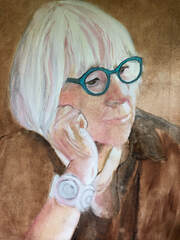
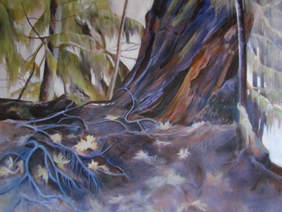
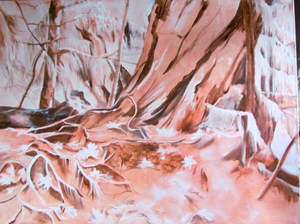
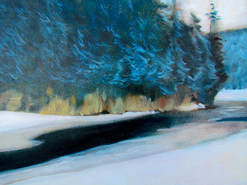
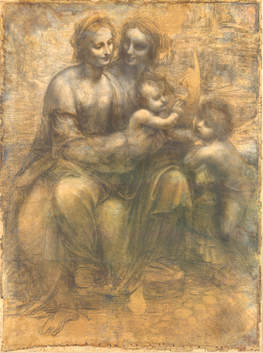
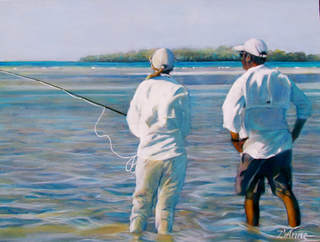
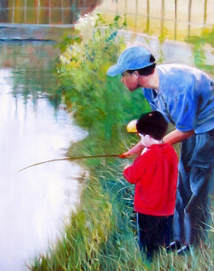
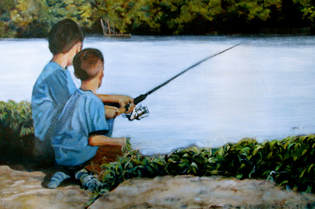
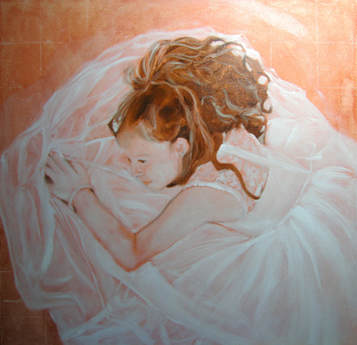

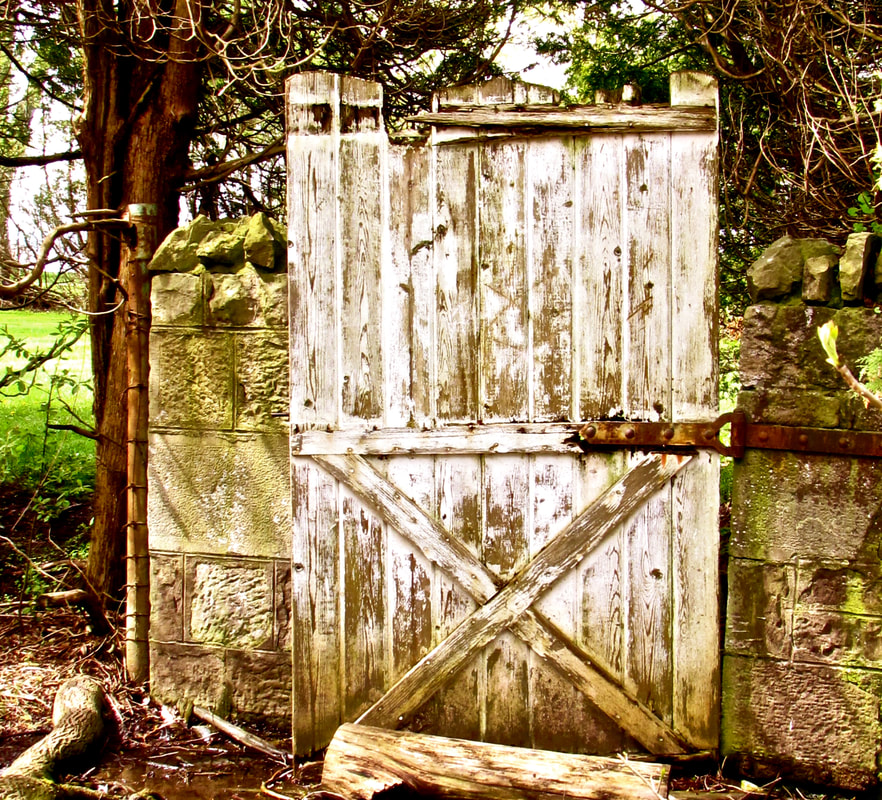
 RSS Feed
RSS Feed
